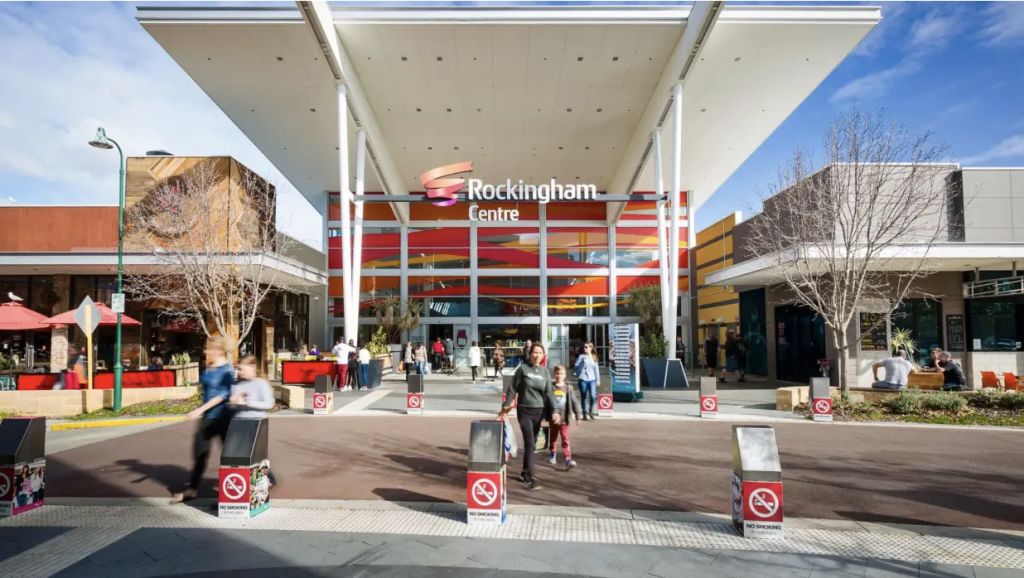
How small malls are proving a strong investment
Small malls, including neighbourhood and convenience centres, are improving in value while the valuations of larger subregional and regional shopping centres are sinking as uncertain economic conditions drive a wedge through the retail property sector.
Investment yields for retail assets – which are inversely related to value – have diverged sharply through the second half of 2022 after touching a cyclical low for the sector of 4.92 per cent in the June quarter last year, analysis this month by the PAR Group shows.
For destination centres – the category includes major regional and subregional malls – yields jumped to 7.3 per cent by December. For everyday needs centres – which take in convenience centres, neighbourhood malls and standalone supermarkets – yields have tightened to 4.5 per cent.
“The divergence in yields between destination centres and everyday needs centres is emblematic of the divergence in non-discretionary spending in recent years,” Y Research’s Damian Stone and The Data App’s Rob Ellis wrote in the PAR Group report.
“With interest rates reverting to closer to historical norms, in conjunction with ongoing cost-of-living pressures, this trend looks likely to continue through 2023 as consumer spending, in particular for non-discretionary items, comes under increasing pressure.”
Economic challenges – rising interest rates, weak retail spending and the growth in e-commerce – mean investors need greater returns for investment risk. At the same time, the malls market is undergoing a transition, as more assets are traded away by institutional investors into private hands.
The pressure on larger malls is evident in the transaction tally, especially among the vulnerable subregional centres. Between 2021 and 2022, the number of subregional malls changing hands fell almost 18 per cent, while the value of deals dropped almost 40 per cent year-on-year to $1.2 billion last year, according to the PAR analysis. As much as $800 million worth of subregional malls had failed to sell in recent months, the researchers said.
“The number of centres that failed to transact, as well as likely additional centres offered for sale off-market which failed to sell, is evident of existing owner expectations out of line with changed market conditions,” they wrote.
“Without cap rate increases, investors should expect an ever-diminishing return from retail assets. Acceptance of rising yields will likely spur increased transactions in 2023 and provide evidence of changed retail values going forward.”
A divestment program undertaken by AMP Capital to raise capital to meet redemption requests highlights the weakness in the sector.
In one recent deal, the AMP-owned fund manager sold a half-stake in a Perth mall, Rockingham, for about $180 million late last year, after acquiring it six years earlier for about $300 million.
It is also looking to sell a 50 per cent stake in Stockland Townsville – the ASX-listed Stockland owns the other half – for about $150 million, its current book value. The fund manager had purchased its half stake for nearly $230 million nine years ago.











